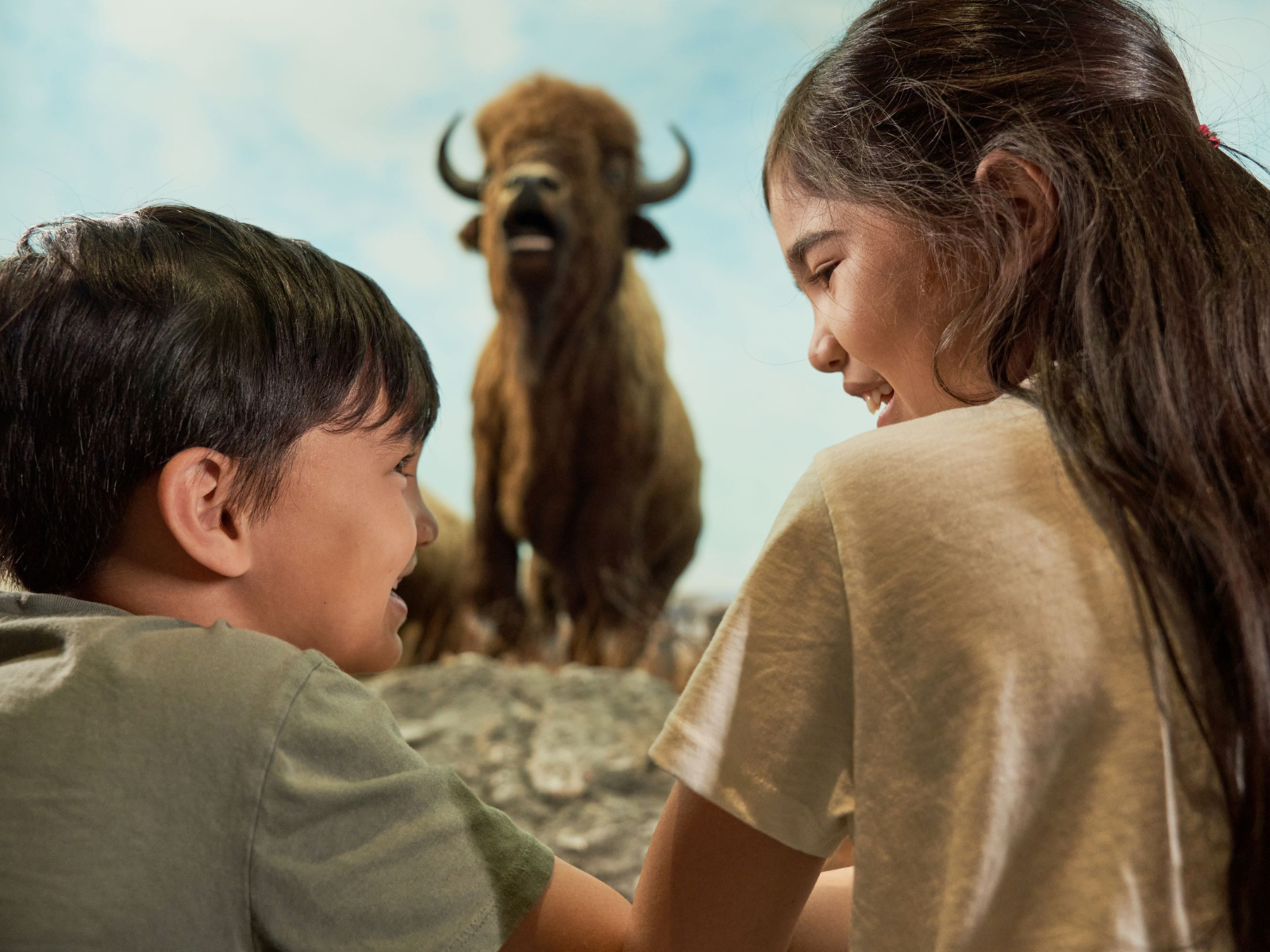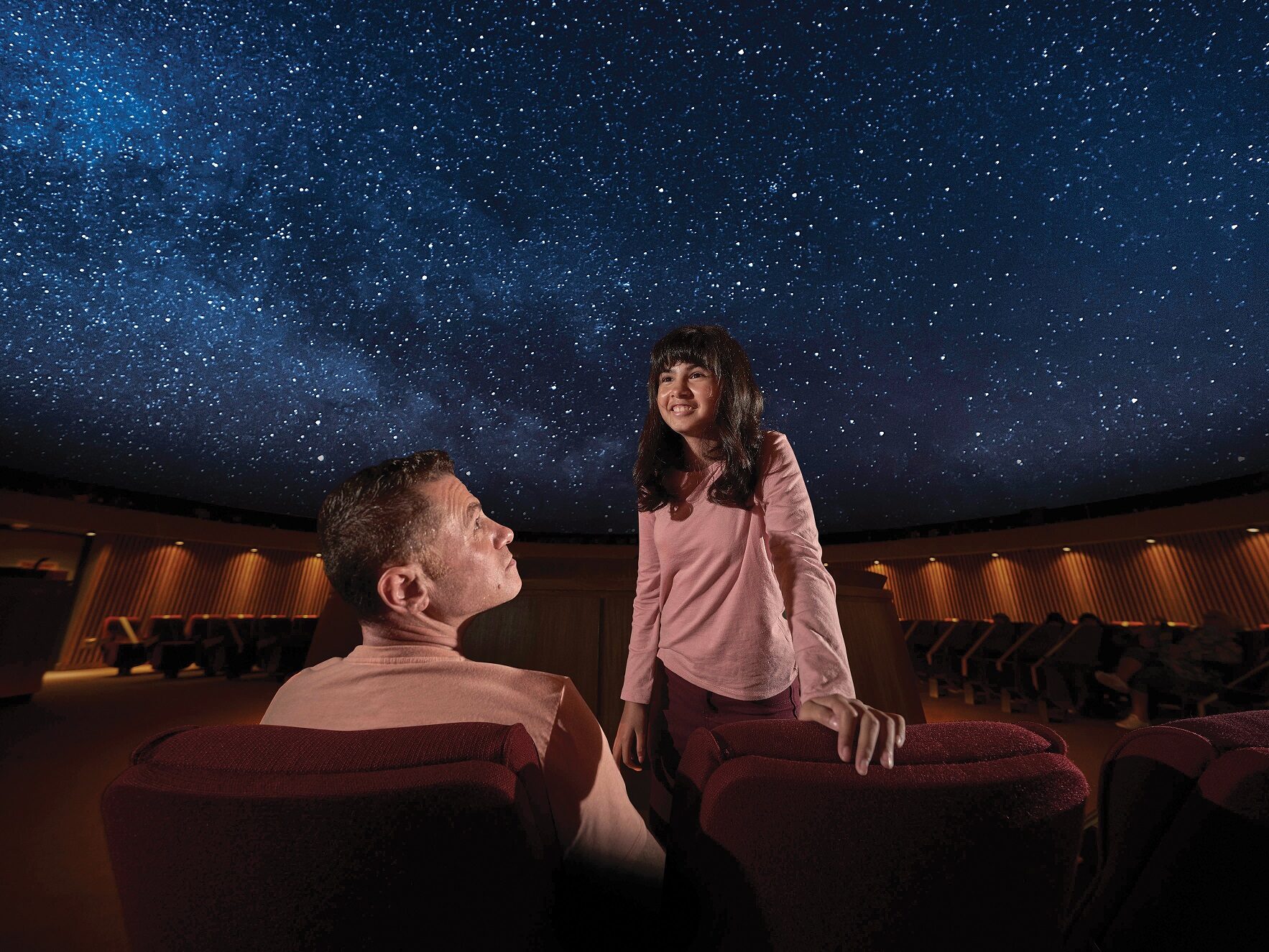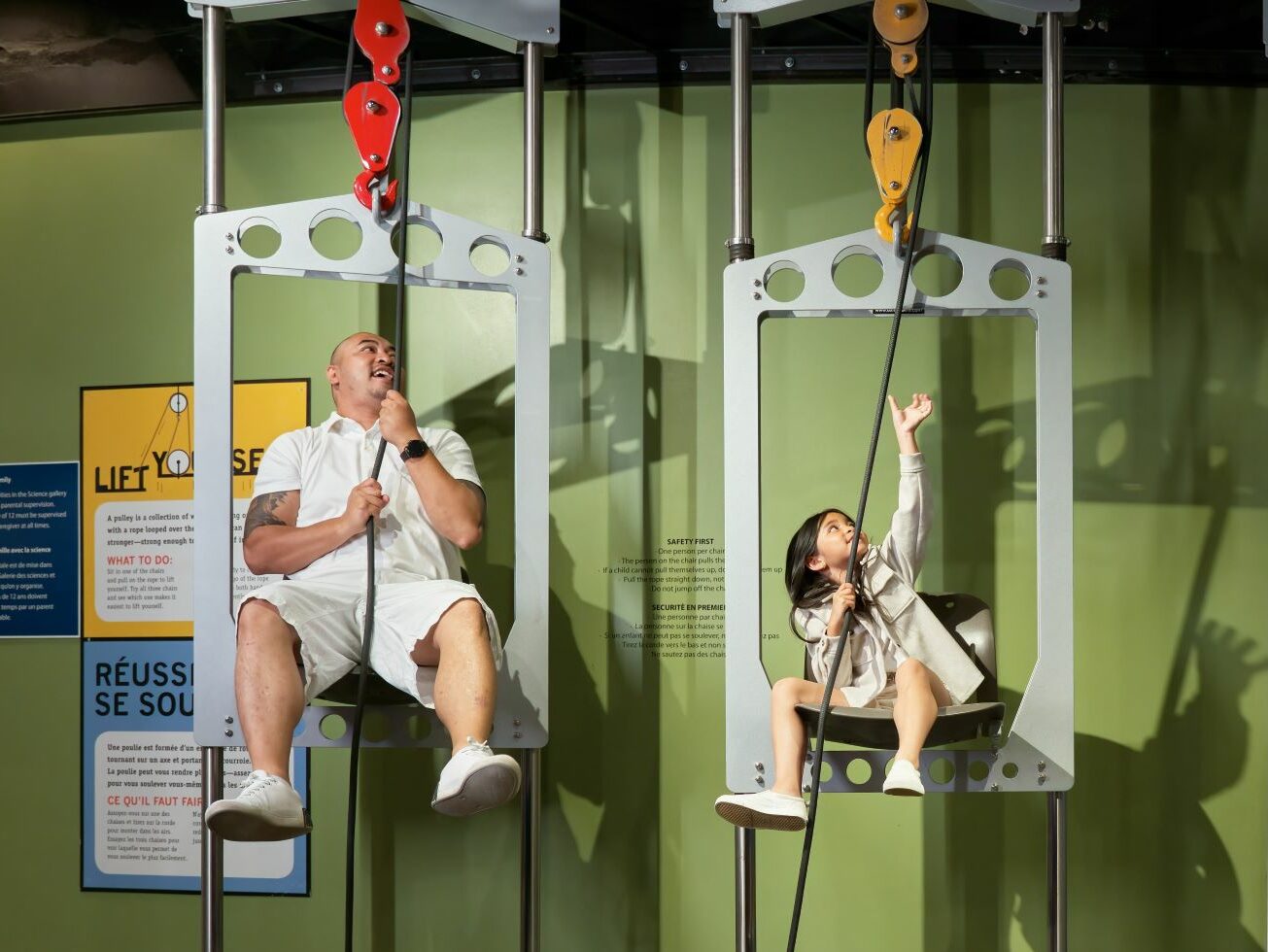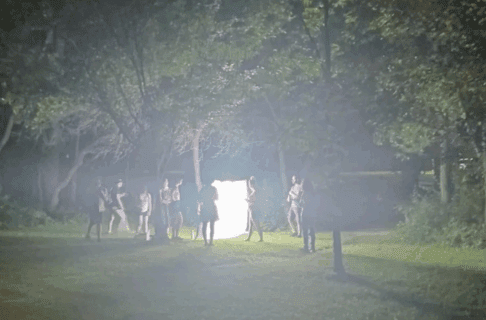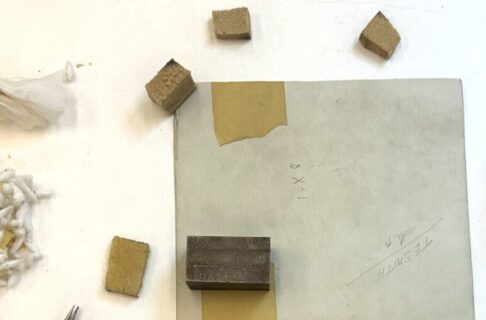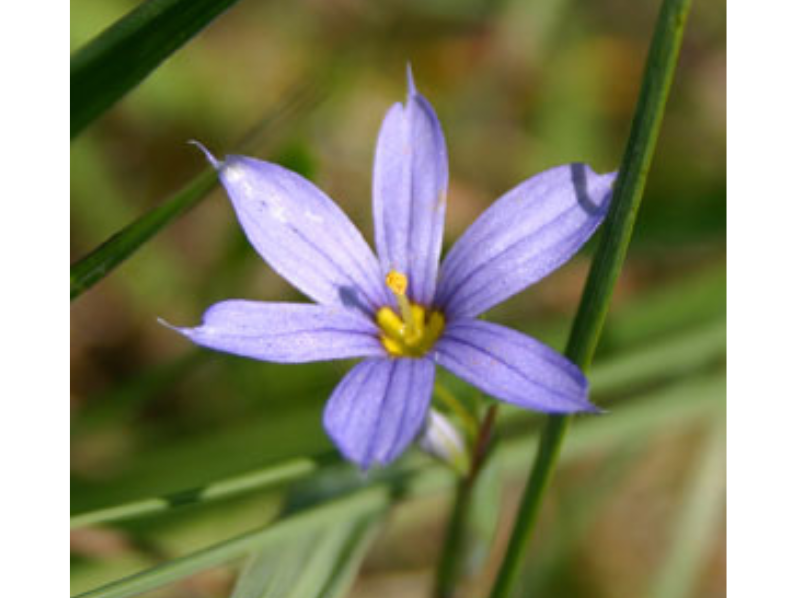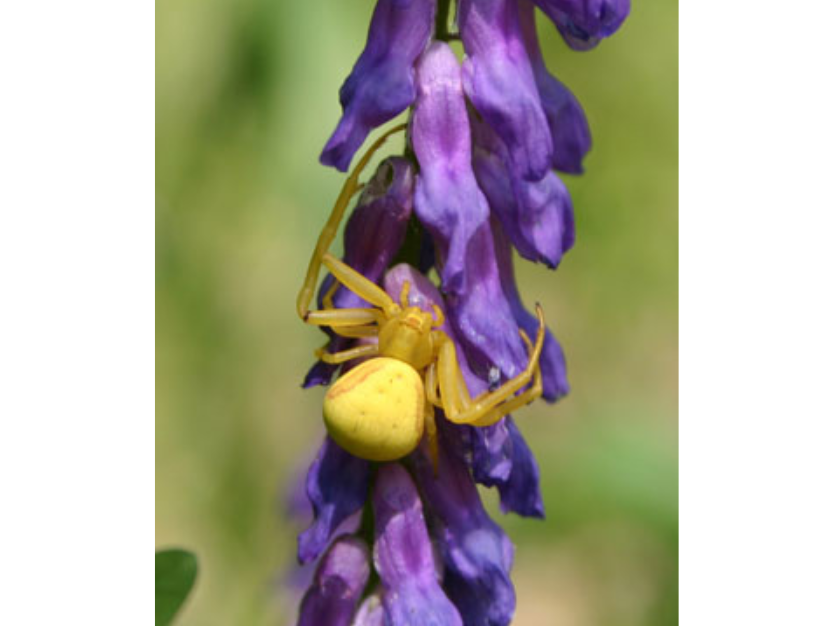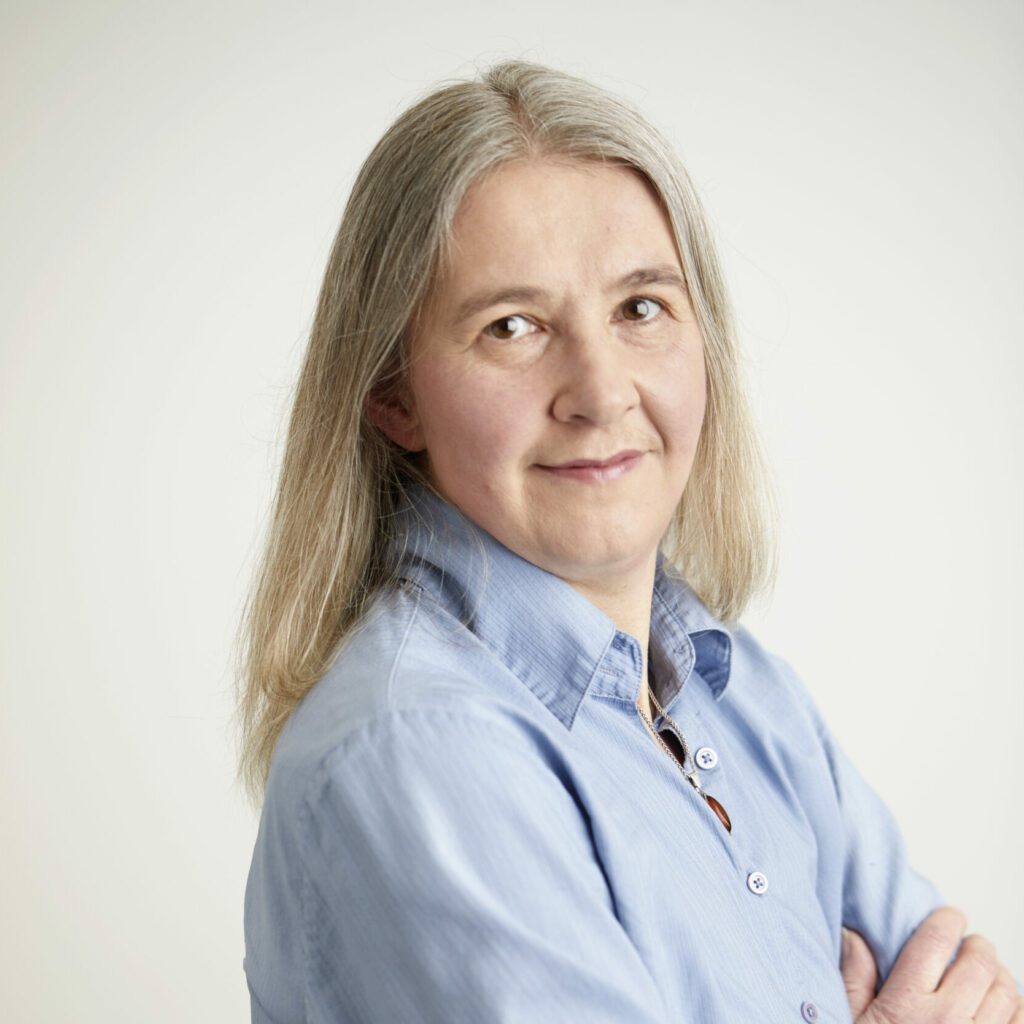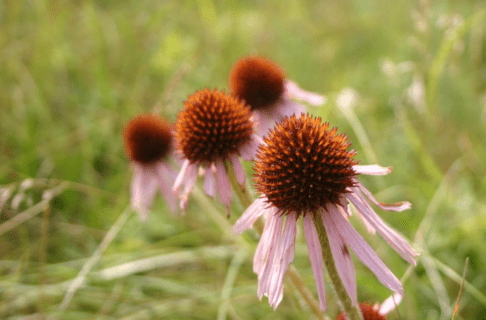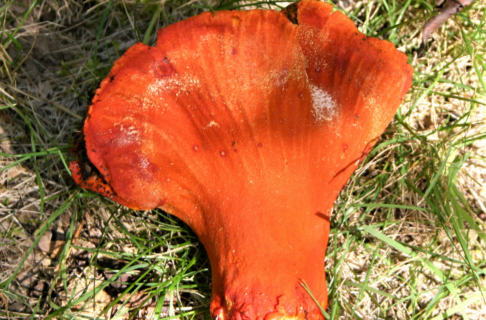Posted on: Friday July 29, 2011
The 37th annual Canadian Association for Conservation conference was held in Winnipeg in May 2010. Conservator Lisa May attended a two-day pre-conference workshop entitled “Advanced Issues in Emergency Preparedness and Response”. As part of this workshop, Jane Dalley from Heritage Conservation Service (Winnipeg, MB), instructed a hands-on component. Workshop participants experienced how to handle, stabilize and clean water damaged items.
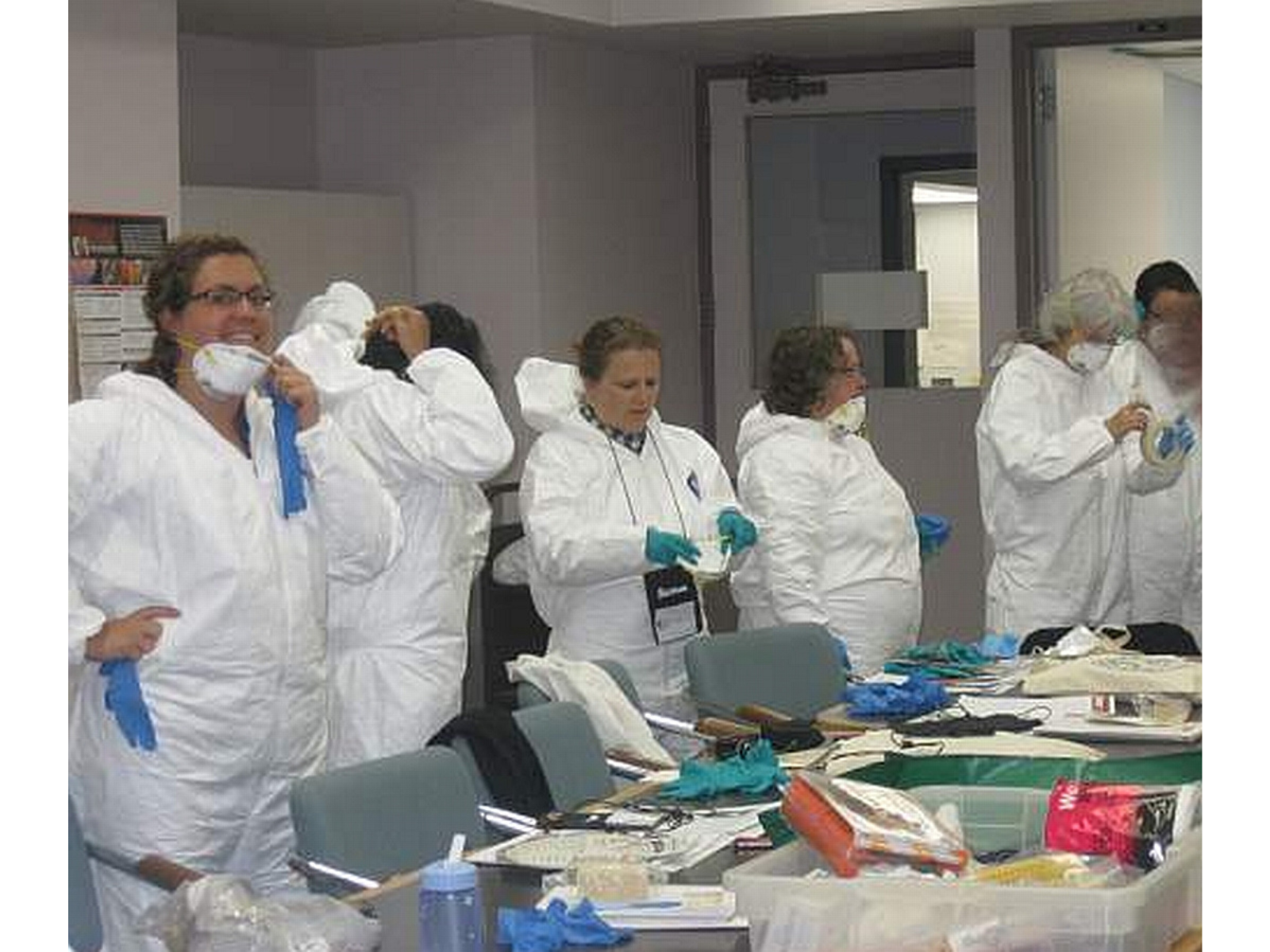
Participants wear protective clothing. In an emergency scenario, there could be dust, mould, and water

A variety of objects made of different materials had to be rescued.

The different materials are triaged and separated according to how they will be treated.

In one room, wet objects are laid to dry on paper towels and clear polyethylene.

In another space, things are drying on a cotton sheet. Notice dye has run on the print.

Still more objects are laid out on a homemade table made from plumbing pipe.

Paper towels are placed between pages to speed drying.

A shop vac is useful in a flood or leak.
This was just one part of the workshop. Lectures and discussion to share experiences and questions were an invaluable aspect, but hands-on practice opportunities are rarer. Thanks go to the Canadian Conservation Institute, helped by local organizer Ala Rekrut from the Archives of Manitoba for presenting this professional development opportunity.
